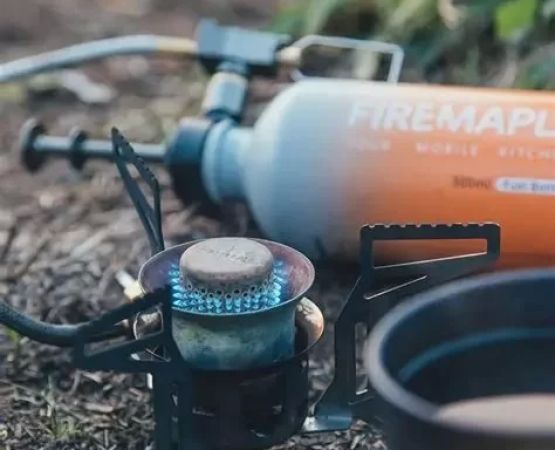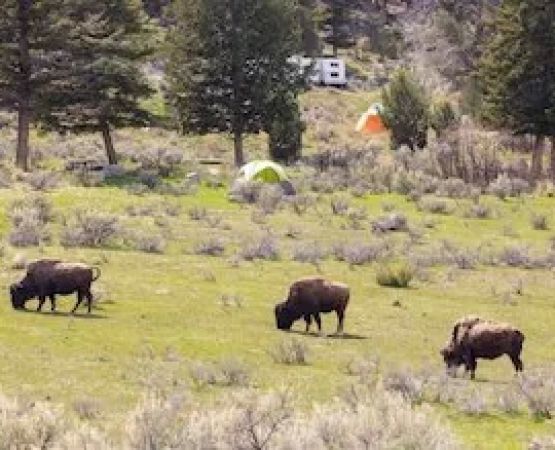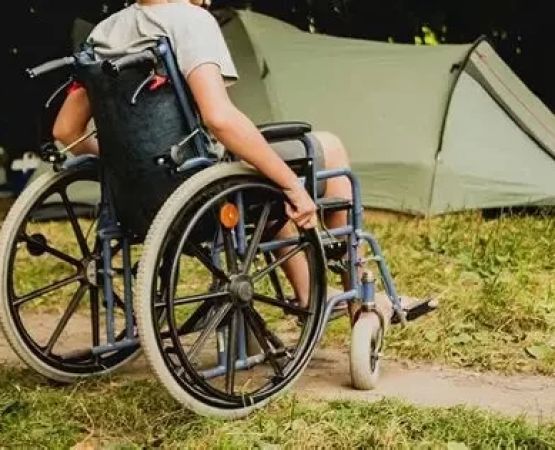- 1 - understanding-different-types-of-camping-fuel - #understanding-camping-fuel
- 2 - pros-and-cons-of-common-fuel-canisters - #fuel-canister-pros-cons
- 3 - safety-considerations-for-camping-fuel - #camping-fuel-safety
- 4 - real-world-camping-stories-and-lessons - #camping-fuel-stories
- 5 - eco-friendly-and-sustainable-options - #eco-friendly-camping-fuel
- 6 - expert-tips-on-choosing-the-right-fuel - #expert-camping-fuel-tips
- 7 - pine-cliff-resort-recommendations - #pine-cliff-resort-camping-gear
1. Understanding Different Types of Camping Fuel
Choosing the right type of camping fuel canister is one of the most important decisions you’ll make before heading outdoors. The three most common options include propane, butane, and isobutane-propane blends. Each fuel type works differently depending on the climate, elevation, and type of stove you’re using. A hiker preparing for a high-altitude trek in the Rockies will need a different canister than a family going on a summer trip to a lakeside campground.
2. Pros and Cons of Common Fuel Canisters
2.1 Propane
Propane canisters are widely available, affordable, and reliable in cold temperatures. However, they tend to be bulkier, making them less ideal for lightweight backpacking trips.
2.2 Butane
Butane is lightweight and compact, making it perfect for short hikes or casual campers. The downside is its poor performance in freezing conditions, where the gas struggles to vaporize.
2.3 Isobutane-Propane Mix
These blends strike a balance, performing better than pure butane in colder conditions while still being lighter than propane. This is a common choice for backpackers who want versatility without carrying too much weight.
3. Safety Considerations for Camping Fuel
When it comes to handling camping fuel, safety should always be your top priority. Always check the manufacturer’s recommendations, avoid storing canisters in direct sunlight, and ensure your stove is designed for the canister you choose. One overlooked detail is checking the altitude rating of your canister — many people find their stove underperforming simply because they brought the wrong fuel for mountain conditions.
4. Real-World Camping Stories and Lessons
A group of campers once shared their story online about running out of propane during a chilly October night in Yosemite. Luckily, a neighboring camper lent them an isobutane-propane mix, which worked perfectly. Stories like these highlight the importance of knowing your options and being prepared. The right camping fuel canister can make the difference between a warm dinner and a cold, uncomfortable evening.
5. Eco-Friendly and Sustainable Options
Outdoor enthusiasts today are more conscious than ever about sustainability. Many companies now offer refillable canisters and encourage users to recycle empty ones. Some campers even explore biofuel stoves as an alternative. Choosing the right type of camping fuel canister doesn’t just impact your comfort — it also shapes how responsibly you engage with the environment.
6. Expert Tips on Choosing the Right Fuel
Experts recommend considering three key factors: trip length, weather conditions, and weight requirements. For example, winter campers should lean toward propane, while long-distance hikers often prefer isobutane blends. Testing your stove with different fuels before embarking on a big trip is also an excellent way to avoid surprises.
7. Pine Cliff Resort Recommendations
For campers looking to stock up on the right gear, Pine Cliff Resort provides curated recommendations for fuel canisters and outdoor cooking equipment. Whether you’re planning a quick weekend escape or a challenging backpacking journey, Pine Cliff Resort ensures you’ll find the perfect fuel solution for your adventure.
Choosing the right type of camping fuel canister is more than a gear decision — it’s about safety, efficiency, and making the most of your time outdoors.






